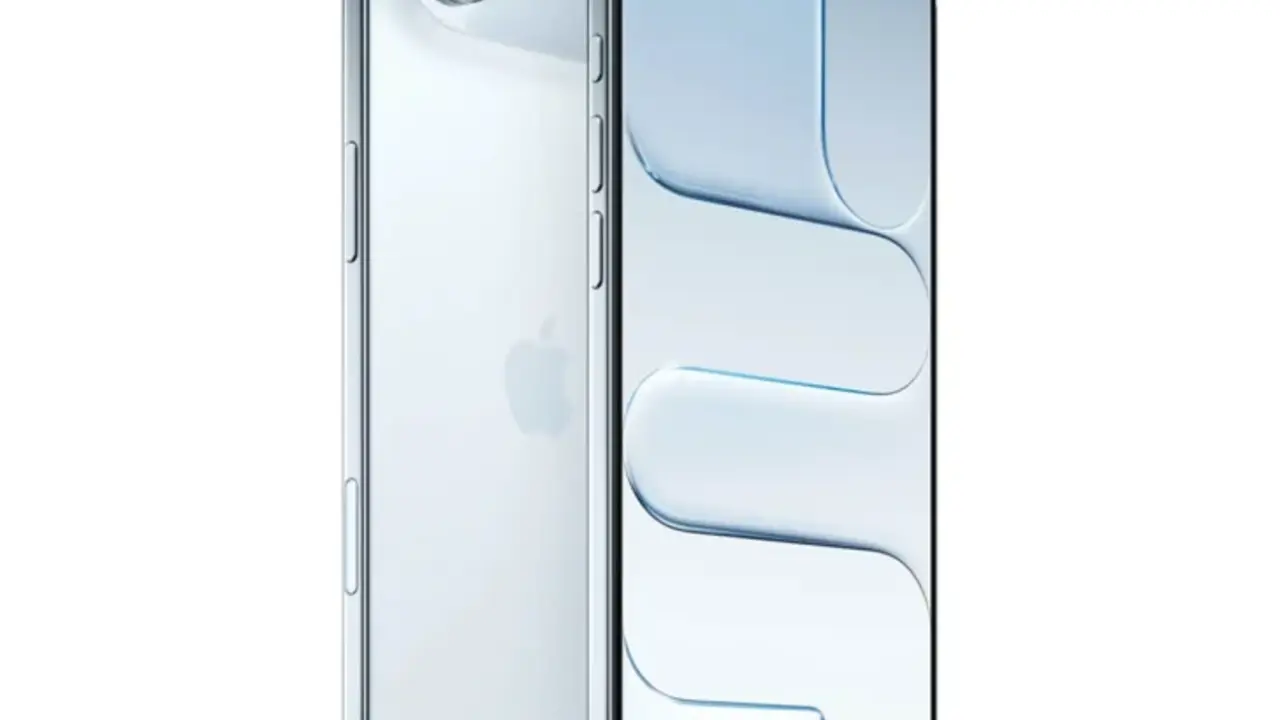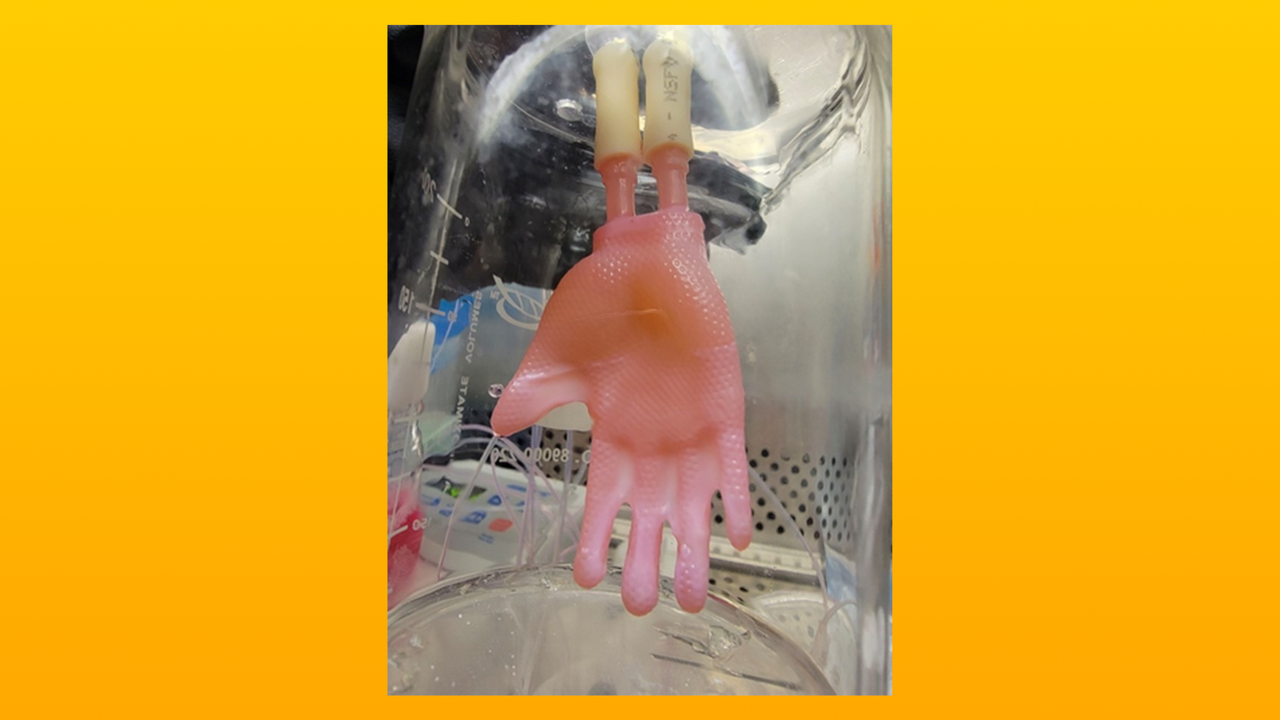While flat sheets of bioengineered skin may work well for grafting onto relatively smooth areas of the human body, they are not suitable for more difficult areas such as the arms.
Luckily, the Columbia University team decided to develop a better alternative. The system they created starts with a 3D scan of the body part in need of transplantation. Based on this scan, a full-size hollow, permeable 3D model of the part is printed.
The outer part of the model is then seeded with skin fibroblast cells (which form the connective tissue of the skin), collagen (which provides the skin’s structure), and keratinocyte cells (which form the outer layer of the skin). The inside of the model is perfused with growth medium that nourishes the cells located outside.
When these cells develop into the skin, they are removed from the model as a single three-dimensional piece, stretched over the part of the body and stitched in place. Growing leather in this way takes about three weeks, about the same time as traditional flat sheets.
Much more research needs to be done before it can be tested in humans.
Source: Ferra










